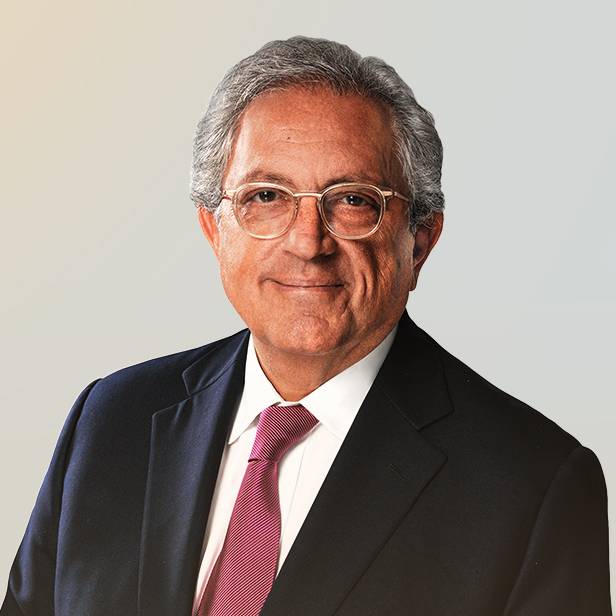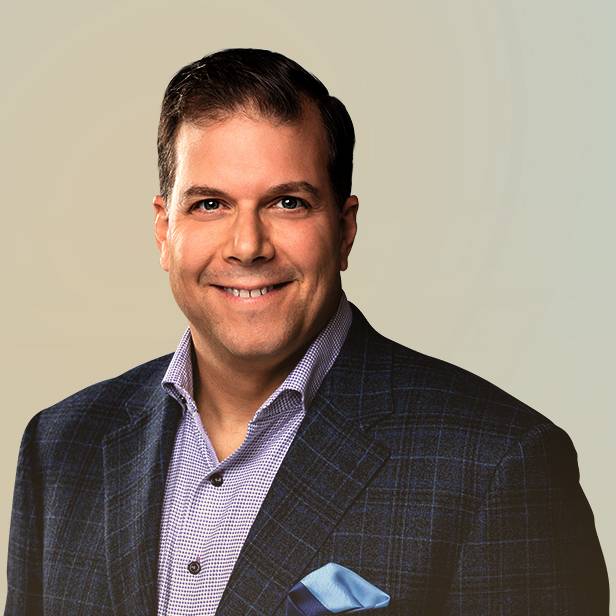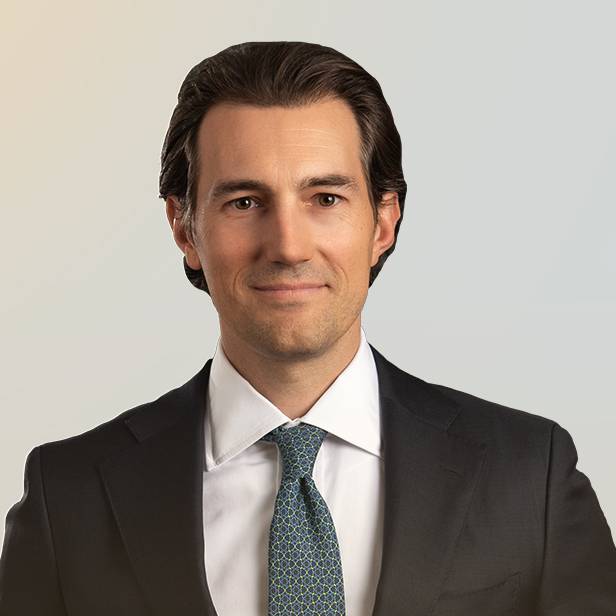Ophthalmology Sector Thesis Strongly Intact with Demand Build-up Amidst COVID-19
Apr 2020
Across the world, individuals are prioritizing human health and safety amidst the coronavirus pandemic, but hope is starting to dawn as countries, like Germany and the Czech Republic, begin easing restrictions. As the globe starts to look forward to a post COVID-19 era, the compelling investment opportunity that has attracted investors to the ophthalmology sector in the United States over the last few years maintains its appeal.
A number of factors contribute to the attractive opportunity for investors in the space, including:
| Returns to scale benefit larger groups and drive consolidation | Aging population in need of more services over time |
| Growing operational complexity is challenging for smaller groups | Low risk acquisition-driven growth strategy |
| Opportunity to increase per patient revenue capture by adding specialists and ASC services | Medical and operational technology investments improve care and drive returns |
| Market density increases leverage with payers, helps with doctor recruitment, and improves marketing efficiency | |
Summary
-
Lincoln International's Healthcare Group explores the anticipated acceleration of consolidation in the ophthalmology sector post-COVID-19 and potential investment opportunities.
- Click here to download a printable version of this perspective.
-
Lincoln International has created a Playbook to support business leaders in documenting and articulating their COVID-19 response. To request a copy, click here. - Sign up to receive Lincoln's perspectives
While ophthalmology practices have restricted their current in-person patient care to only the most serious cases, the current COVID-19 situation does not affect the bright medium to long term prospects of the industry or the investment thesis. In fact, smaller practices, under increased pressure from the financial overhang imposed by the current stay home orders, will be more likely to affiliate with larger groups post COVID-19. There will be more sellers among smaller practices and more acquisition opportunities for platform operators.
Following the relaxing or lifting of stay-at-home orders over the next several weeks, ophthalmology groups will begin to work through a wave of pent-up demand for services. For example, 9,000 or half of all ophthalmologists across the U.S., typically perform 3.8 million cataract surgeries a year, or 35 procedures a month. With cataract surgeries largely on pause during the current stay-at-home orders, each of these cataract surgeons will, on average, enter the third quarter with a backlog of more than 100 procedures—on top of their typical 35 surgeries per month.
| Forecasting cataract volumes through the cycle
Note: Future procedures estimated based on a slow reopening of ophthalmology practices due to evolving stay-at-home mandates and changes in office procedures to optimize staff and patient safety. Cumulative backlog is estimated based on historical monthly patient demand. |
Provider backlog will continue to build even after stay-at-home limitations are relaxed. Most providers will likely enter the fourth quarter with nearly five months of backlog in cataract procedures alone. Given the economic toll on potential corrective vision patients, Lasik volumes are likely to take some time to recover. Lasik surgeons can and will offset deferred Lasik volume with excess cataract volumes as there will be no shortage of patient care needs. |
The surge in capacity to meet the pent up demand for ophthalmology appointments will coincide with the restoration of more robust M&A deal activity—presenting private equity-backed ophthalmology groups and private equity investors seeking new ophthalmology platforms the opportunity to rapidly expand through a combination of both platform and tuck-in acquisitions.
Vision for the future: M&A activity to accelerateThe consolidation of ophthalmology practices in the U.S. will accelerate post-COVID-19. Smaller, sub-scale ophthalmology groups will seek to monetize a portion of their practice and partner with large, well-capitalized groups that have the infrastructure and scale to weather future crises like the current pandemic. Large independent groups that have yet to bring on a new financial partner continue to represent attractive investment opportunities as the practice management value proposition remains strong. |
Lincoln Perspective
The dip in ophthalmology deal activity during COVID-19 will be brief in a sector that continues to provide a positive long-term outlook.
| Ophthalmology is still in the early innings of consolidation. There are more than 18,000 ophthalmologists in the U.S. and the majority are still in private practice, leaving ample opportunity for M&A activity ahead. |
| Independent ophthalmology groups are open to creative deal structures. Reduced availability of debt financing through the pandemic will likely continue for some time. This dynamic has led groups and investors to explore creative deal structures in the current environment. For instance, with lenders less active amid the pandemic, smaller ophthalmology groups have indicated an openness to greater use of equity rollover structures and seller financing to close deals in the current environment. |
| Certain operating procedures will change post pandemic. The pandemic has stress-tested large and small ophthalmology practices, and groups are adopting new processes and procedures to address post-pandemic concerns such as staff and patient safety and patient care logistics. |
| Telemedicine utilization will continue and expand post pandemic. Many ophthalmology groups have adopted telemedicine with rules relaxed through the pandemic, patient acceptance has grown dramatically and payers are supportive. Rules are likely to re-tighten somewhat post-COVID-19, however telemedicine provides an additional area of opportunity for better clinical care (patient assessments and post-operative evaluations) and practice growth. |
| Planning for reopening practices and managing demand surge. Operational adjustments related to the pandemic such as closing practices or furloughing staff, have largely been made—groups are now focused on planning for reopening and dealing with the demand surge. |
Meet our Senior Team in Healthcare

I enjoy working closely with clients to overcome challenging situations and to develop strategies to meet their business goals.
Dirk-Oliver Löffler
Managing Director | European Co-head Healthcare
Frankfurt











